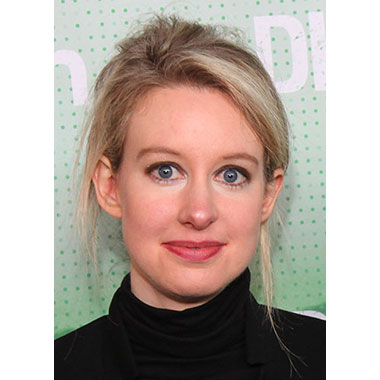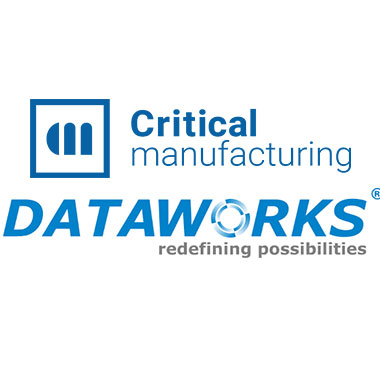
Baxter Hillrom is recalling its WatchCare Incontinence Management System (IMS) following reports that the radiofrequency emissions (RF) from WatchCare devices may interfere with other medical devices.

Baxter Hillrom is recalling its WatchCare Incontinence Management System (IMS) following reports that the radiofrequency emissions (RF) from WatchCare devices may interfere with other medical devices.

Holmes, who was found guilty in January on three counts of investor fraud and one count of conspiracy to commit fraud related to her blood-testing startup, faced up to 20 years in prison for each guilty count.

The guidance is intended to clarify the FDA’s approach for referencing the terms “device” and “counterfeit device” in FDA documents, as well as how the agency intends to interpret existing references to section 201(h) of the FD&C Act in guidance, regulatory documents, communications and other public documents.

Cybersecurity, remanufacturing of devices and chemical analysis for biocompatibility assessment of medical devices are among the topics FDA plans to address through draft and final guidances in 2023.

The draft guidance proposes updates to clarify how the Breakthrough Devices Program may be applicable to certain medical devices that promote health equity, as well as considerations in designating eligible devices that may benefit populations impacted by disparities in health and health care.

As data, rather than document-based dossiers, become the focus for regulatory processes, regulatory affairs managers need to consider whether team skill sets need to be refreshed to reflect new ways of working.

The updated guidance document clarifies what constitutes a statement of the basis for the deficiency and includes examples of well-constructed deficiencies and industry responses to facilitate a more efficient review process.

Life sciences companies have a lot of factors to consider when it comes to labeling. Understanding the global labeling regulations for patient safety and how enterprise labeling solutions can help companies achieve compliance while assuring speed to market, and labeling system validation and auditability, can save resources and reduce costly errors.

“Many medical device and life sciences companies are still carrying out manual validation processes, using paper-based scripts, screen shots and pdfs. However, regulatory bodies, such as the FDA, are encouraging companies to take a more automated approach using computer system assurance (CSA). We are in a strong position to support companies in achieving the huge benefits this has to offer.”

The goal of the TAP Pilot is to reduce the time from concept to commercialization of medical devices by facilitating robust engagement early in the process with the FDA, industry and key stakeholders.